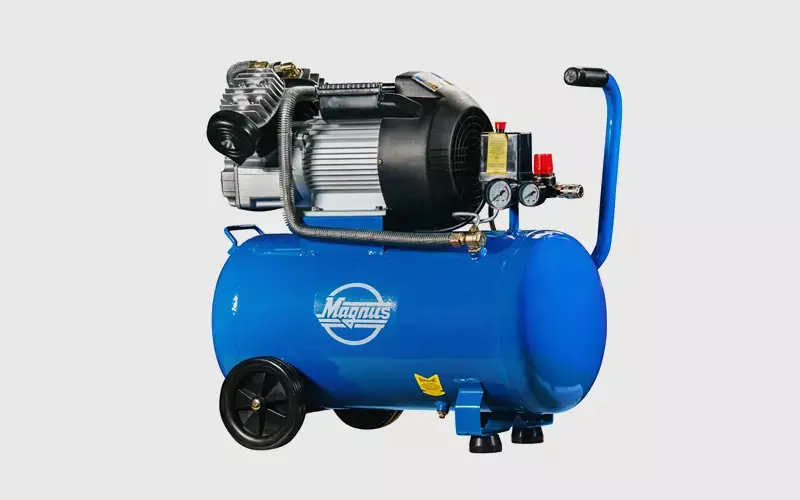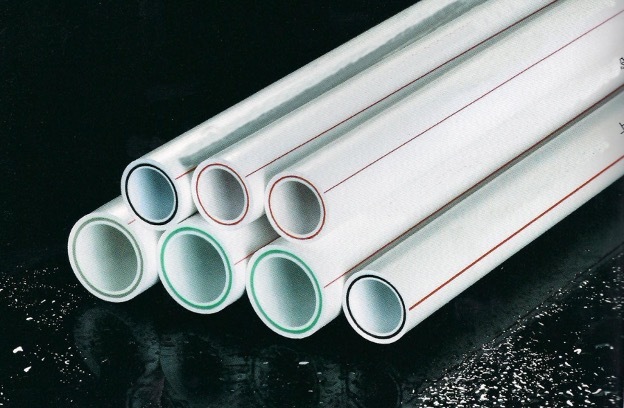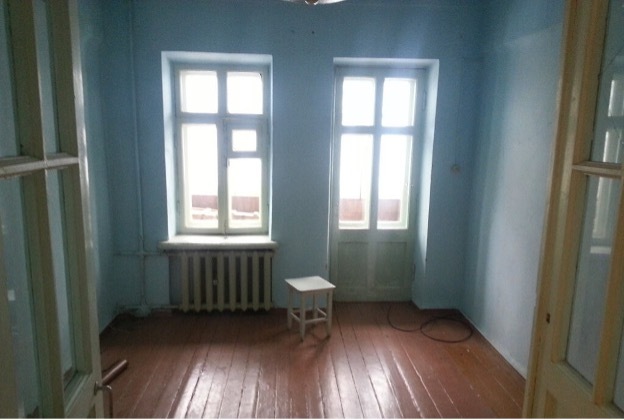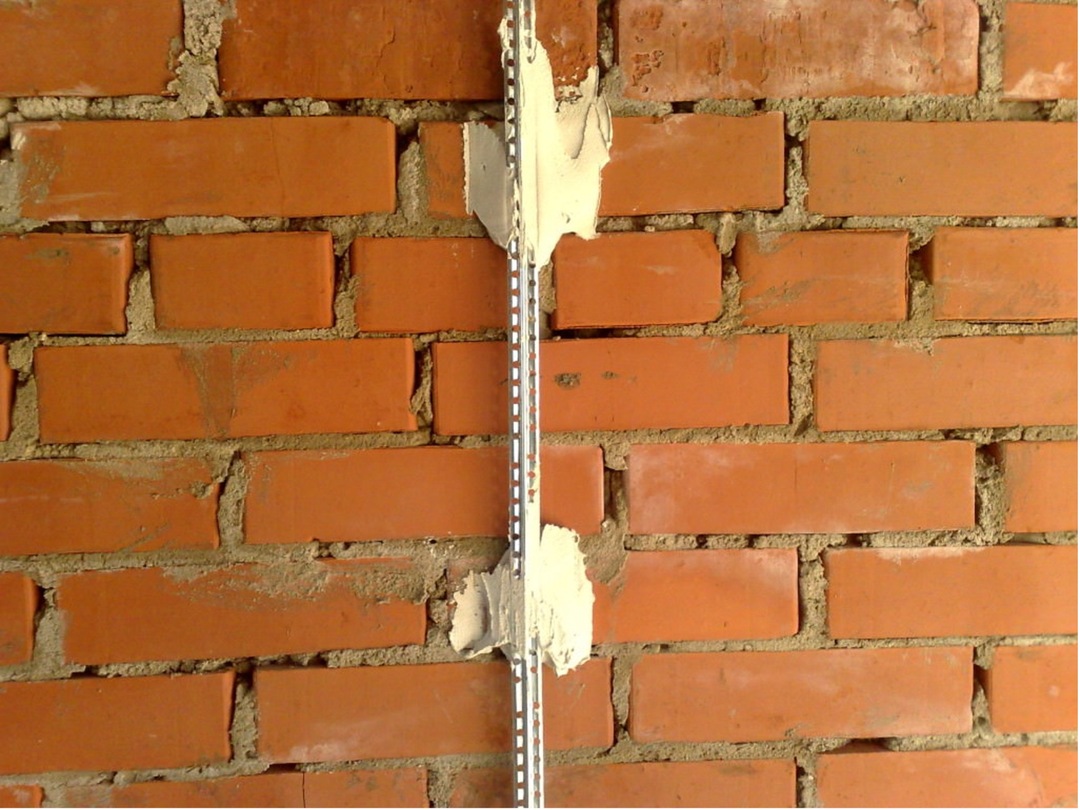The content of the article
- Compressor - what is it and what is its purpose
- Types of piston compressors
- The principle of operation of a reciprocating compressor
Compressor - what is it and what is its purpose
Compressor - a device designed to compress air. In addition, compressors store compressed air for later use in pneumatic equipment. Piston compressors are a type that use pistons with cylinders to compress air. There are 9 types in total. Compressors can be axial, centrifugal, rotary vane, roots, screw, scroll, diaphragm, vortex and piston.
We will analyze the types and types of the latter in this article. After reading it, you will learn what compressors are and what their purpose is, how piston compressors are classified, their types and how piston compressors work.
Piston equipment for air compression is classified according to the type of their scheme, where the cylinders are located, whether oil is used in the system (oil or oil free) and how many stages it goes through air.

Types of piston compressors
There are devices depending on the output pressure:
- Low-power - from 5 to 12 bar (household and semi-industrial models, used in workshops)
- Specialized - 12-100 bar (used in medium-sized industrial enterprises)
- High-power - more than 100 bar (professional equipment)
By type of impact, there are single and double compressors.
According to the presence of lubrication:
- Compressors with cylinder lubrication
- Compressors without cylinder lubrication
How they are installed:
- Horizontally
- Vertical
- into the corner
It is also possible to distinguish between portable and fixed compressors.
Devices can use:
- direct drive
- Belt drive
In direct drive compressors, the motor and piston unit are mounted opposite each other. The transmission of torque from the engine goes directly to the piston, bypassing transmission losses through the belt. Such devices are more economical, they are large, powerful, with a low noise level during operation. Their efficiency is higher than that of belt compressors. The cost and price of repair is higher than analogues. They are used where more power is needed, and not the duration of work. Used for semi-industrial purposes.
In belt-driven compressors, the motor and piston unit are parallel to each other, but so that their shafts can be connected by a belt. Such devices are smaller, dynamic, cheap. They can work for a long time without interruption. Popular in everyday life and workshops.
The last factor in our article by which compressors can be distinguished is the number of stages of gas compression. The efficiency of the reciprocating compressor directly depends on them and the number of cylinders. Compressors can be:
- single stage
- Multistage
In single stage air or other gas is compressed once, for this they have one / two cylinders. Then it goes to the receiver along the main line, from there the user receives the compressed gas.
In multistage there is an additional stage - the gas is also compressed in the cylinder, but after it is cooled and compressed in the second cylinder with a smaller piston. Then according to the standard - trunk, receiver, user.
Depending on the compression stages, the compressor may have one, two or three cylinders. For domestic tasks (workshops of small and medium sizes), single-cylinder compressors are suitable. Two- and three-cylinder compressors are used in industrial and semi-industrial applications.
The principle of operation of a reciprocating compressor
The electric motor drives the piston shaft either directly or through a belt. The piston shaft is designed so that when it rotates, the piston moves forward / backward. When the piston moves back, the outlet valve is pressed, sucked into the gas outlet tube, hermetically closing it. The air supply valve, on the contrary, opens. Through it, air is pumped into the cylinder. Then the piston changes its motion and pushes the air. The air inlet valve closes, and air presses on the outlet valve, opening it. So, gas / air is pumped into the line to a certain pressure, which the user then uses.


